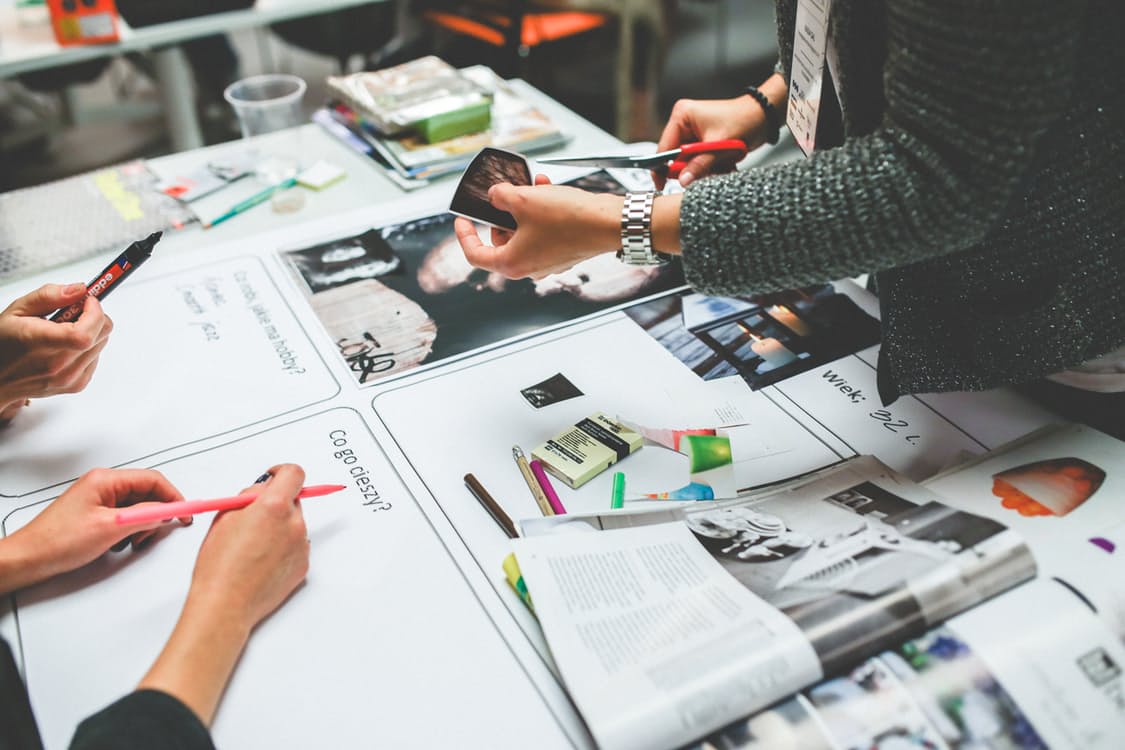
Steam from his ears, roaring with anger, but also somewhat upset, the client enters my office. A competitor is selling my client’s products and something needs to be done about it now.
"Years of development and investment down the drain, that's just not possible!?"
"Come in, sit down, coffee?"
My client's reaction is, of course, completely understandable. And in the heat of the moment, as his advisor and confidant, I have the same initial reaction. Ideally, I would like to help my client and tackle the situation immediately and with a straight leg. But acting too quickly, thoughtlessly or carelessly will only result in an undesirable result for my client. It is not for nothing that a straight leg is appreciated with a dark red colored card: disadvantageous for the team and (further) hardening of mutual relationships.
It is precisely in such situations that it is important for the client to determine a good strategy for tackling the infringement and to collect evidence in a careful and adequate manner. But before this strategy can be determined, we first have to look at the what, where, when and how.
Infringement? What, where, when and how
After all, in order to establish an infringement, it must be determined first whether there is any infringement at all.
The following criteria will have to be tested for this:
- what does the competitor offer, does the product fall within the scope of protection of the patent?
- where does the competitor offer the product? In which country? Is the patent valid in that country? Or where does the competitor get the product? Is the patent valid in the country of the supplier of the product?
- since when does the competitor offer the product? After publication of the patent or before? and
- how is the product offered? Is the product offered commercially or not?
If the outcome of the above analysis is 'positive' for all points, determining a good strategy will be the next step. Infringement will be combated in a pragmatic manner. After all, there are various paths to take to achieve the most favorable result for the client. Is the legal route the most obvious route or is a good conversation with the competitor a better option?
Collect evidence?
Regardless of the strategy chosen, gathering evidence is essential to be well prepared. But what should be considered in order to collect this evidence carefully, thoughtfully and with relevance? Even without a patent attorney, evidence can already be collected according to the 'DIEA' principle:
- date;
- independent;
- efficient; and
- accurate.
date
Dating evidence is essential. This could include dating a website on which the infringing product is offered. But simply keeping an order form of the infringing product can also serve as evidence and can demonstrate that the product is delivered in a specific country (for example the Netherlands).
Independent
Engaging independent parties to verify and analyze evidence obtained is just as essential as dating the evidence itself.
In the most common cases, my clients have to deal with infringing products offered at trade shows. Of cource, collecting physical evidence, such as brochures, information with exhibitors, booth location and the like, is a simple job (if dated). However, to be able to use self-made photos as evidence, an independent party will have to be engaged. For example, have the organization of the exhibition make a statement that clearly shows the date and place of adoption of the statement. Ideally, a bailiff is called in to make a determination on the spot.
Other independent parties, such as a civil-law notary, can also verify evidence for accuracy.
Ideally, an independent party is also called in to analyze an infringing product obtained from a competitor. Such an analysis has significant added value from an analysis performed by the client itself.
Efficient
Use the (sometimes limited) possibilities for collecting evidence efficiently. Do not wake up sleeping dogs. If necessary, order products through an intermediary, or have an intermediary approach the exhibitor at a trade fair. Part of this is keeping the right focus. A correct focus ensures that relevant evidence is collected in a cost- and time-efficient manner without compromising the capacity within the organization. And without the right focus, the costs of engaging the independent parties and advisors will be higher than strictly necessary.
Accurate
Above all, work accurately. For example, the context must be clear from the evidence. In the case of collecting evidence at a trade fair: place the product to be photographed (or relevant part thereof) in the correct context. So don't just photograph a detail, but also the product in combination with the environment.
Last but not least: in any case, engage a patent attorney for further advice.
And the client? He was helped with a well-substantiated letter to the competitor with a friendly, but urgent, request to cease infringement and to keep it suspended.
Please contact one or our attorney's
Contact